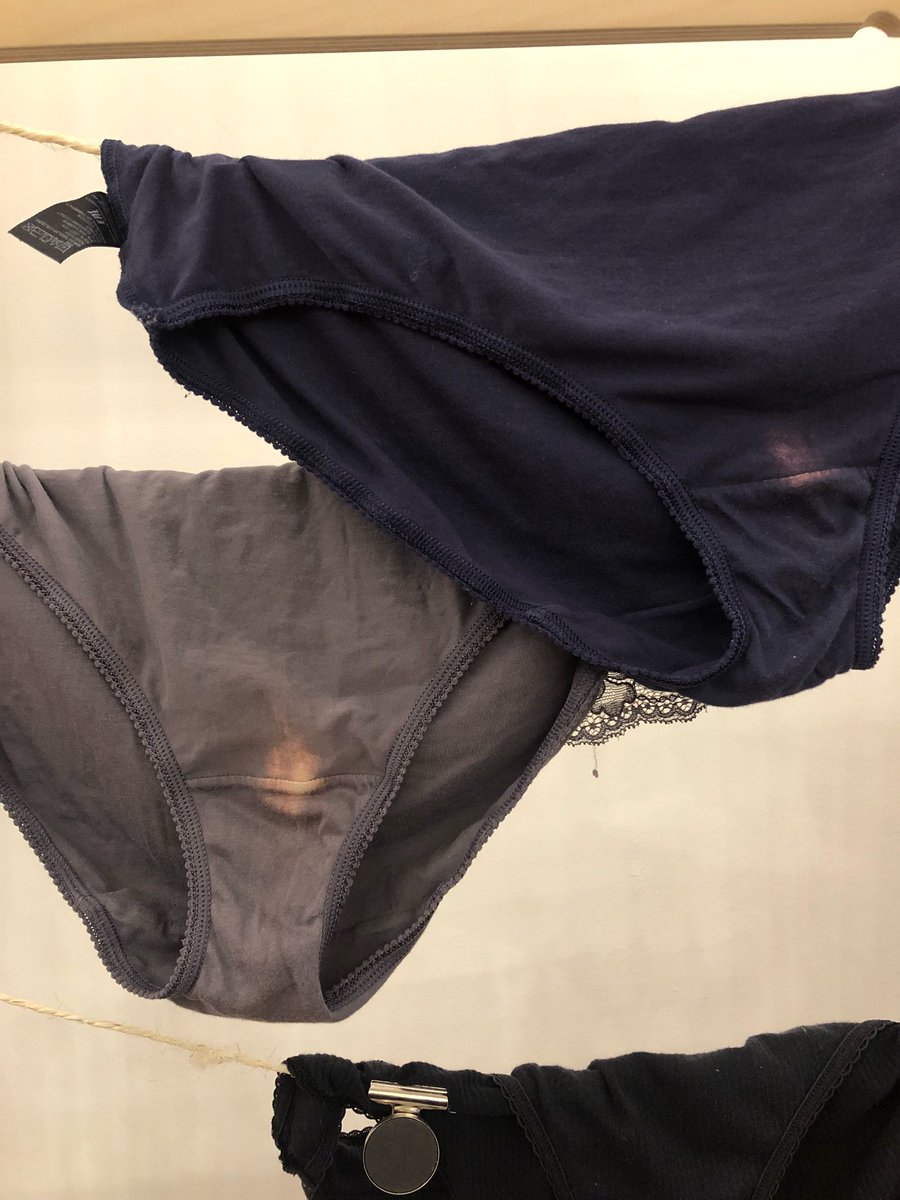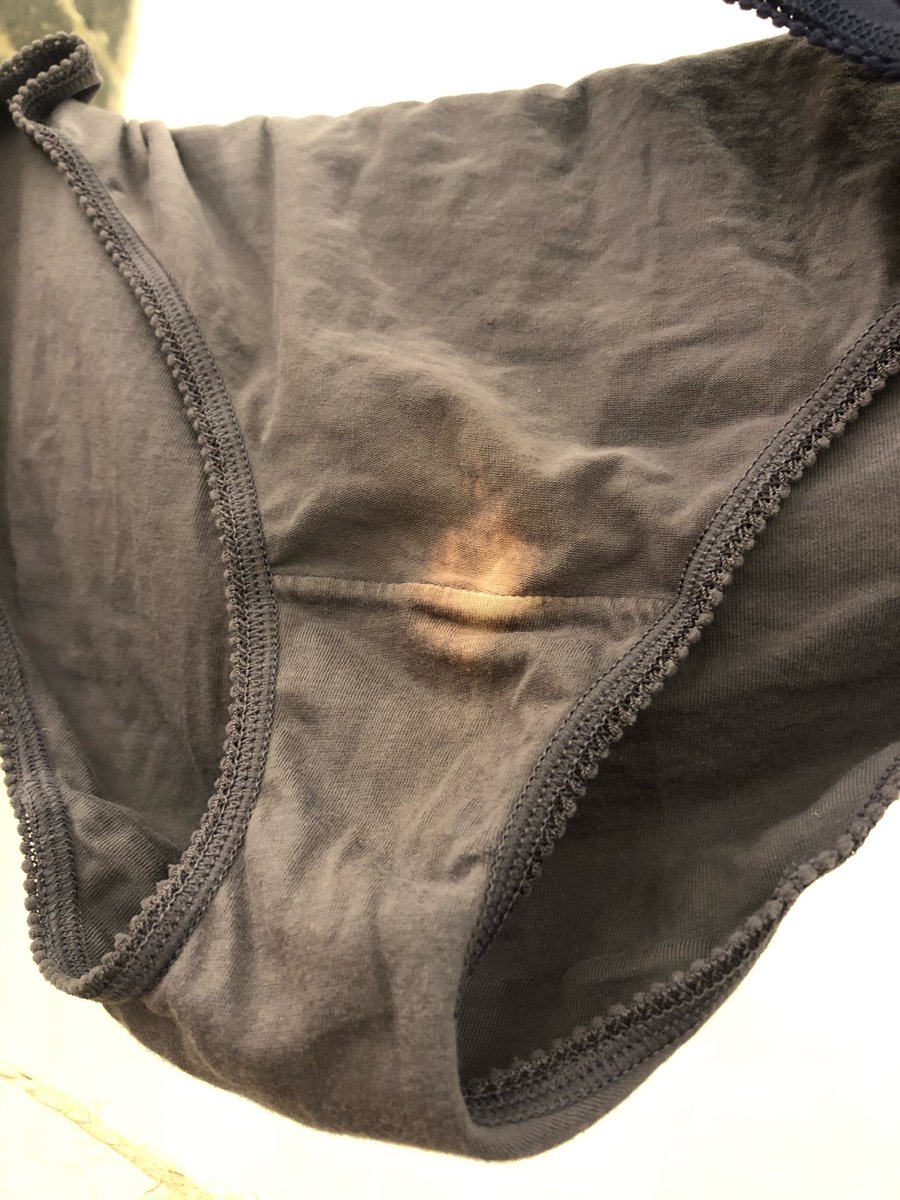
Good afternoon, let us take you on a brief history of the practice of "sex verification" in sport.
Content warning: this thread mentions genital mutilation, anti-intersex discrimination and body shaming.
Content warning: this thread mentions genital mutilation, anti-intersex discrimination and body shaming.
The story of sex verification in sport begins with the original Olympic games in Ancient Greece. Let us take you back to around 400BC, and a woman named Kallipateira.
The original Olympics were distinctly men-only. Women weren't even allowed to cross the river Alpheios during the Games, and the penalty was death.
Kallipateira was a widow, and her son was boxing in the Olympics. She wanted to support him, so disguised herself as his trainer.
Kallipateira was a widow, and her son was boxing in the Olympics. She wanted to support him, so disguised herself as his trainer.
Her son won, and Kallipateira was absolutely STOKED. To celebrate, she jumped over a fence to congratulate him. And in what was probably a hilariously slapstick pratfall, her clothes fell off, exposing her as a woman.
Remember, the penalty for a woman being anywhere near the Olympics was death.
Luckily, the story had a happy ending. Everyone was so stoked for the son and respected her husband, so they let Kallipateira live.
Luckily, the story had a happy ending. Everyone was so stoked for the son and respected her husband, so they let Kallipateira live.
But to ensure it never, never happened again and the Olympics remained free from girl cooties, a new rule was introduced: like competitors, trainers had to attend the Games naked.
Getting naked, as we'll see later in the thread, is going to be a recurring theme.
We'll now fast forward about two and a half millennia to the 1930s, when concerns began to be raised about men disguising themselves as women to compete in women's categories.
At least three men did compete in women's categories in the 20s and 30s, but not in the direction of their concerns: Zdeněk Koubek, Mark Weston and Heinrich Ratjen were assigned female at birth, raised as girls and were what we might call trans men in today's language.
All were living as women when they competed, but later changed their names and pronouns. Koubek and Weston had genital reconstruction surgery, and Ratjen said he'd known he was a boy since he was a child.
It's likely that all three athletes were intersex.
By the 1950s, it was decided that women competing in sport should submit to sex verification. In the 50s, this took the form of what was known colloquially as "nude parades". It did what it said on the tin. Women stood before someone who inspected their naked bodies.
These tests were mandatory. If you wanted to compete, you had to show your naked body to strangers.
In 1968, the method of testing changed to something less invasive but still problematic: chromosome testing. All athletes were tested for the presence of a Y chromosome.
This practice of mandatory chromosome testing continued until the late 1990s, with one single, solitary woman exempted: Princess Anne.
It was deemed "inappropriate" for the Princess Royal, daughter of the Queen, a descendant of Odin, to have to undergo sex verification, when every other woman athlete had to submit to the process in order to compete.
The consequences for "failing" a sex verification test have been dire. Women were banned from competing, shamed and humiliated and subjected to endless speculation about their bodies.
Intimate medical details of women were leaked to the media, and for some athletes, even long after their careers were completed, details of their genitals would be published, taken from autopsy reports.
This is, presumably, why it was decided it would be very inappropriate to subject a princess to such treatment.
After mandatory chromosome testing, sex verification shifted once again. It is now undertaken on the basis of "suspicion", and focuses on hormones rather than chromosomes.
In 1996, the last blanket testing Olympics, 1 in 429 women athletes were found to have complete androgen insensitivity syndrome, where you have a Y chromosome but develop with a vagina, vulva and breasts as your body doesn't react to testosterone.
In the general, non-athlete population, incidence of CAIS is more like 1 in 20,000 people. So is testosterone even that much of a performance enhancer? That's unclear.
What is more clear is that the problems which existed in the past of sex verification continue to persist. Intimate medical details are leaked. Invasive and medically unnecessary procedures are undertaken.
There are reports of women athletes undergoing sterilisation procedures and partial clitoridectomies (removal of part of the clitoris) in order to compete.
In the 1960s, suspicions about women and leaking of private information focused disproportionately on women from Eastern Europe. In the present day, there's still a discrepancy, but focus has shifted to scrutiny and speculation on women from the Global South.
Concerns about privacy, discrimination, coercion and informed medical consent surrounding the practice of sex verification have been raised by human rights groups.
In the entire history of formalised sex verification in women's sport from the 50s to the present day, do you know how many instances of men disguising themselves in order to sneak into women's sport they've found? Zero.
In men's sport, the practice of sex verification has not existed at all in the two and a half millennia since the story of Kallipateira.
• • •
Missing some Tweet in this thread? You can try to
force a refresh











